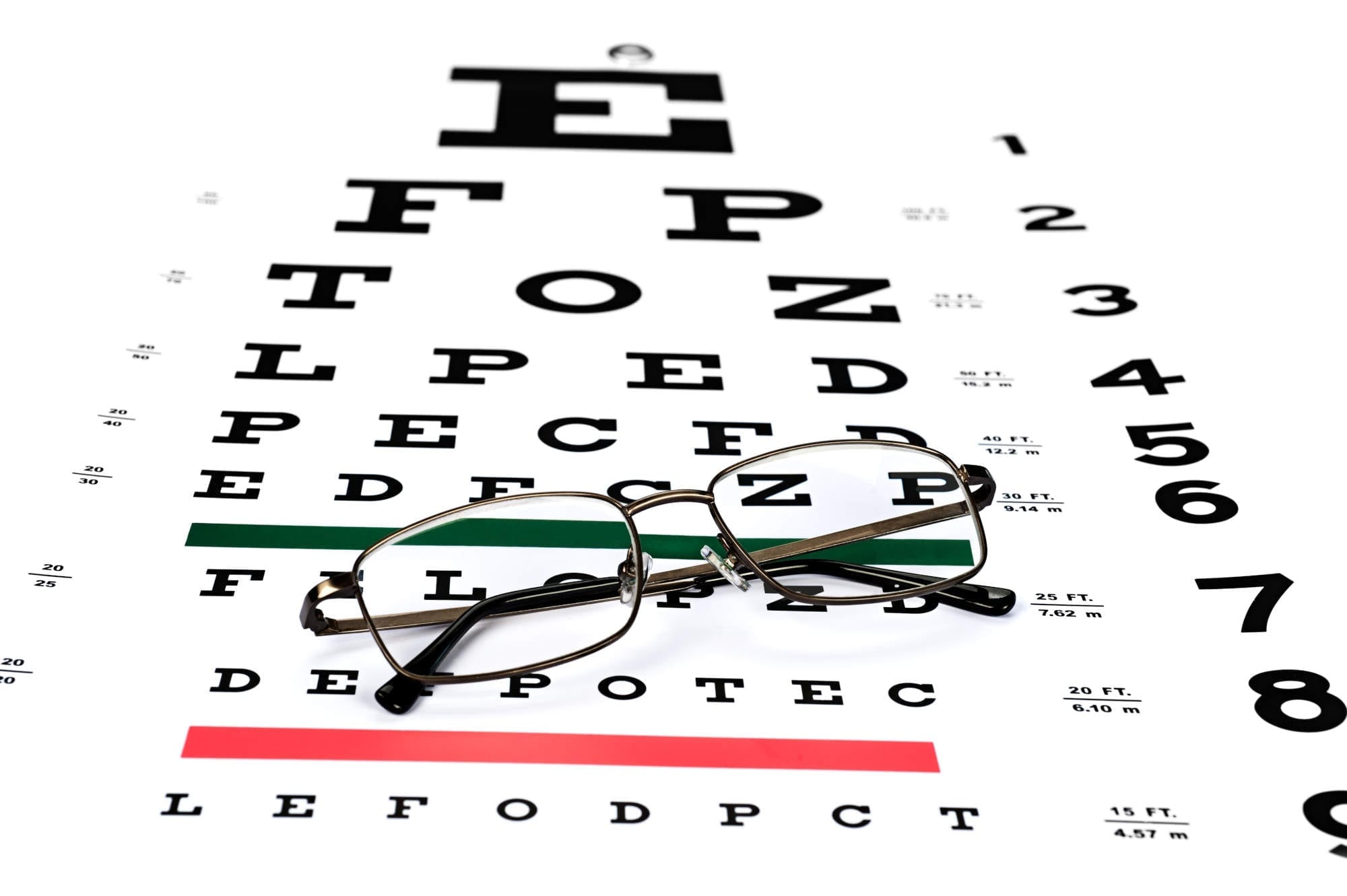Most sites today use rules that no longer apply in today’s world, rules that were conceived 20 years ago and did not take into account small smartphone screens or large smart TVs. We’re stuck with standards and mentalities that no longer make sense.
Larger font-sizes make it easier for older people – or anyone with a less than perfect eyesight – to read and consume content, while at the same time increase readability and the emotional impact of a post for everyone else. Using a larger font-size benefits everyone.
So why are we still using small font-sizes in the web? The answer is mostly tradition, and the fact that we’re used to it. We’ve been using sizes like 12px for years, then 14px, and only recently started using larger sizes.
Decades ago, in the typewriter era, typographers and publishers agreed that 12pt was about the right size to balance legibility and paper quantity costs.
Fast forward to the 1990s and the digital era; Apple and Microsoft both had the same problem: converting points (pt) to pixels (px) in order to establish a base for their platforms. As it turns out it’s not as simple as you may think. Apple decided to go for a 1:1 ratio, so 12pt were translated to 12px. Microsoft on the other hand calculated 12pt as 16px – which is why most browsers today use 16px as their base font-size.
Early on in the digital revolution, many designers were using Apple’s O.S. so for more than a decade we saw digital content – including websites – use 12px for their content. Additionally, a lot of people were using computers to write content that would then be printed on paper, and text editors like Word etc were using points (pt) to convey font-sizes. So the number 12 for body was engraved on our conciousness as the perfect size for body, ignoring the fact that the units that accompanied that number were different.
Fast forward to today: Print media is no longer the primary source of information and knowledge. We consume the majority of our daily content using our phones, laptops, desktops, smart-TVs and other digital devices. The size of the devices we use to consume content varies greatly, from 4-inch small smartphones to large 50-inch screens.
Using small font-sizes for our content no longer makes sense. The only reason most of us use small sizes is force of habit. We’re simply used to them. Designers for years believed that 16px looks too large because they were used to smaller sizes, and only in recent years have started to consider 16px as a minimum.
Another reason some opt to use a smaller font-size is because we’re trying to use a one-size-fits-all mentality: A large portion of our userbase uses mobile devices which traditionally have a smaller size and are held closer. So when designing with a mobile-first mentality we use a font-size of 15 to 18px. That however excludes larger screens and makes content harder to read when the user is not on a mobile device since the user sits further away.
Lately we’ve started seeing big sites opt for larger font-sizes. The Washington Post uses 20px, Medium defaults to 21px, Forbes uses 21px and there are a lot more that started going for bigger sizes. We’re starting to see sites use font-sizes that vary depending on the device used, ranging from 18px on a mobile device all the way up to 54px on large screens.
Our suggestion: use a responsive font-size. 16px should be the minimum size on a mobile, and preferably you’d use 18px. On a desktop you should consider using a font-size of 20px or bigger.
14px and even 16px may guarantee legibility, but they don’t guarantee readability. Don’t be afraid to use a larger font-size. It may look big to you at first, but while you’re contemplating on your design choices, your users and audience will be consuming your content a lot easier and effortlessly.

